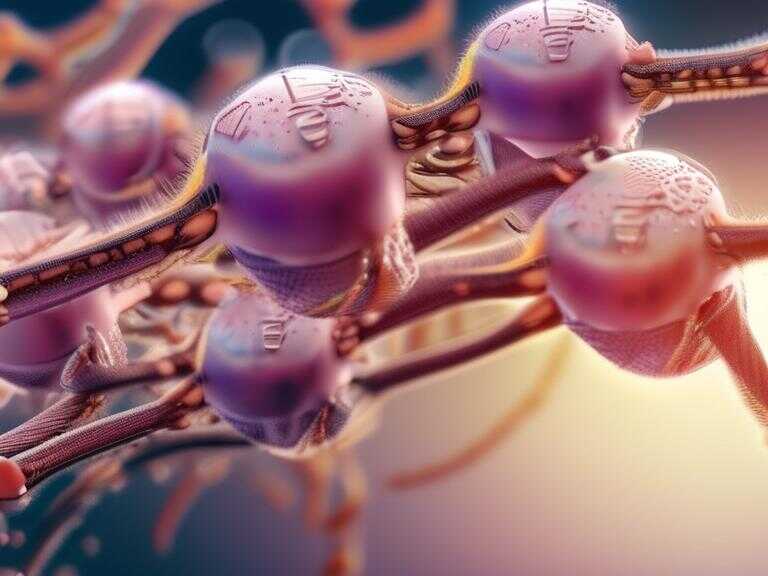
NASA Launches New Heliophysics DRIVE Science Centers Online
NASA launched new DRIVE Science Centers focused on understanding and predicting space weather, solar activity cycles, and the solar wind.

The relentless quest for knowledge about our universe has led NASA to establish a network of innovative DRIVE Science Centers dedicated to pushing the boundaries of heliophysics. These centers leverage existing resources and technologies to explore the complexities of space weather, the sun's magnetic field, and the intricate relationship between Earth and its celestial surroundings.
Unveiling the Secrets of Space Weather
One of the key focuses of these centers is understanding space weather, a phenomenon that can significantly impact our technological infrastructure and daily lives. The Center for Geospace Storms (CGS), for instance, investigates the complex interactions between Earth's magnetosphere and solar storms. These powerful disturbances, caused by surges of energy from the sun, can disrupt communication systems, power grids, and pose risks to astronauts in space.
To unravel the mysteries of geospace storms, CGS has developed the advanced MAGE (Multiscale Atmosphere-Geospace Environment) model. This supercomputing powerhouse utilizes NASA mission data to simulate how different parts of Earth's magnetosphere react to solar disturbances. By gaining a deeper understanding of these interactions, scientists can enhance our nation's preparedness for space weather events and mitigate their potential impact.
Delving into the Sun's Magnetic Field
Another crucial aspect of heliophysics is studying the sun's magnetic field and its influence on space weather. The Consequences of Fields and Flows in the Interior and Exterior of the Sun (COFFIES) center focuses on the enigmatic tachocline layer, a region deep within the sun where magnetic field lines are believed to originate. Understanding the dynamics of this layer is essential for comprehending the cause of solar eruptions, which can unleash powerful bursts of energy that disrupt our planet's technological systems.
COFFIES also investigates the journey of magnetic field lines to the solar surface and the near-surface shear layer, a thin region just below the sun's visible surface. Through its groundbreaking research, COFFIES not only advances our knowledge of the sun but also nurtures future talent through outreach programs and initiatives aimed at broadening participation in science.
Embracing New Technologies for Space Exploration
The Solar Wind with Hydrogen Ion charge Exchange and Large-Scale Dynamics (SHIELD) center exemplifies the role of new technologies in advancing heliophysics. SHIELD utilizes a digital twin approach to simulate the interaction between the solar wind and Earth's magnetosphere. This innovative tool will provide invaluable insights into radiation levels and the conditions that future NASA missions to the Moon and Mars might encounter.
By understanding the unique characteristics of our solar system, scientists can gain a deeper understanding of the evolution of life on Earth and explore the possibilities of life beyond our planet. SHIELD's research also fosters the next generation of space explorers through its diverse team of scientists and their commitment to mentoring early-career researchers.
The DRIVE Science Centers represent a significant investment in advancing our knowledge of the sun, space weather, and the complex interplay between Earth and its celestial environment. Through their innovative research, cutting-edge technologies, and commitment to fostering the next generation of scientists, these centers are paving the way for a deeper understanding of our place in the universe.
As we continue to explore the cosmos, the insights gained from these centers will be invaluable in guiding future space missions, protecting our technological infrastructure, and inspiring generations to come.
The DRIVE Science Centers also play a crucial role in educating the public about the wonders of heliophysics. Through outreach programs, interactive exhibits, and online resources, they strive to ignite a passion for science and inspire young minds to pursue careers in STEM fields. By fostering a greater understanding of space weather and its implications, these centers empower individuals to make informed decisions and contribute to a more sustainable future.
Share news















